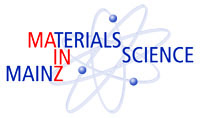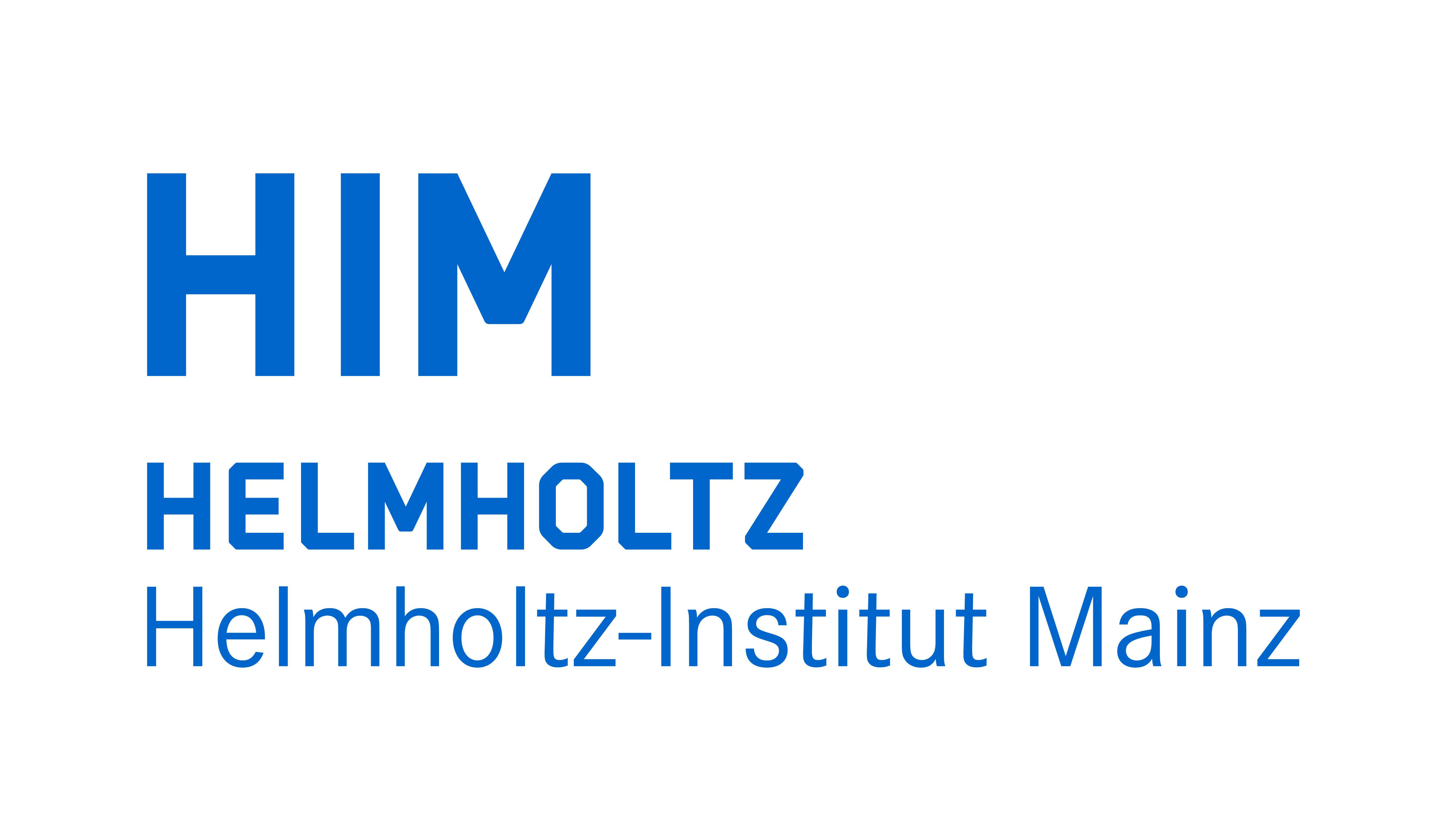


Physikalisches Kolloquium
Dec. 11, 2012 at
5 p.m. c.t.
in
Hörsaal des Instituts für Kernphysik, Becherweg 45
Prof. Dr. Alfons Weber
Institut für Physik
a.weber@uni-mainz.de
Prof. Dr. Hartmut Wittig
Institut für Kernphysik
hartmut.wittig@uni-mainz.de
Relating the electronic structure to the atomic configuration by combining force microscopy and tunnelling spectroscopy
Prof. Dr. Daniel Vanmaekelbergh (Debye Institute for NanoMaterials Science, Utrecht University, Niederlande)
One of the big challenges in current nanoscience is to establish a clear and direct relationship between the atomic structure of a given nanosystem (2-D system, molecule, quantum dot) and its opto-electronic properties. In order to establish such a relationship, microscopy with atomic resolution should be combined with electrical or optical spectroscopies. For instance, advanced HAADF-STEM experiments have been carried out that can determine the 3-D atomic structure of a single hetero-nanocrystal. On the other hand, optical and electrical spectroscopies enable more and more to study single quantum objects. The challenge would be to combine microscopy and spectroscopy techniques in one apparatus so that the atomic and electronic structure of the same nano-object can be simultaneously studied.
Here, we combine two scanning probe techniques, i.e. atomic force microscopy and electron tunnelling energy level spectroscopy, to measure simultaneously the atomic and electronic structure of 2-D quantum systems. The systems that we have investigated are epitaxial graphene nanostructures and ribbons, and nanostructured 2-D semiconductors. The atomic configurations were studied with quantitative AFM; small-amplitude frequency modulation AFM is used to quantify the force-distance relationship with atomic resolution, from the Pauli-repulsion regime to the regime governed by van der Waals - and chemical interactions. Simultaneously, the electronic structure could be measured with scanning tunnelling spectroscopy. The energy levels of graphene nanostructures could be understood in terms of confined massless Fermions. In the case of graphene ribbons there is a special interest for the atomic and electronic structure of the edges.
Related work:
Single-Dot Microscopy and Spectroscopy for Comprehensive Study of Colloidal Nanocrystals D. Vanmaekelbergh and M. Casavola Journal of Physical Chemistry Letters 2, 2024-2031 (2011).
Three-Dimensional Atomic Imaging of Colloidal Core-Shell Nanocrystals S. Bals, M. Casavola, M. A. van Huis, S. Van Aert, K. J. Batenburg, G. Van Tendeloo, and D. Vanmaekelbergh Nano Letters 11, 3420-3424 (2011).
Quantitative Atomic Force Microscopy with Carbon Monoxide Terminated Tips Z. Sun, M. P. Boneschanscher, I. Swart, D. Vanmaekelbergh, and P. Liljeroth Physical Review Letters 106, 046104 (2011).
Quantum-Confined Electronic States in Atomically Well-Defined Graphene Nanostructures S. K. Hämäläinen, Z. Sun, M. P. Boneschanscher, A. Uppstu, M. Ijäs, A. Harju, D. Vanmaekelbergh, and P. Liljeroth Physical Review Letters 107, 236803 (2011).
Orbital and Charge-Resolved Polaron States in CdSe Dots and Rods Probed by Scanning Tunneling Spectroscopy Z. Sun, I. Swart, C. Delerue, D. Vanmaekelbergh and P. Liljeroth Physical Review Letters 102, 196401 (2009).